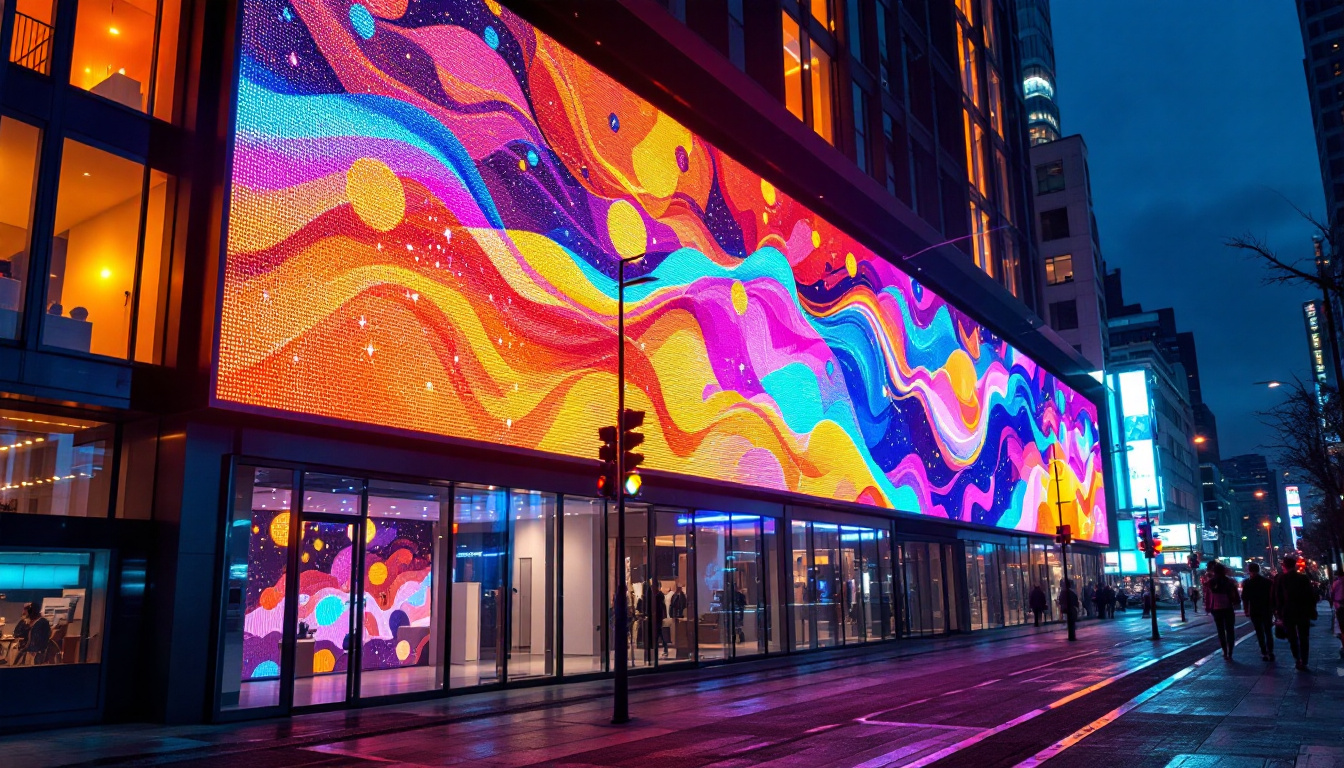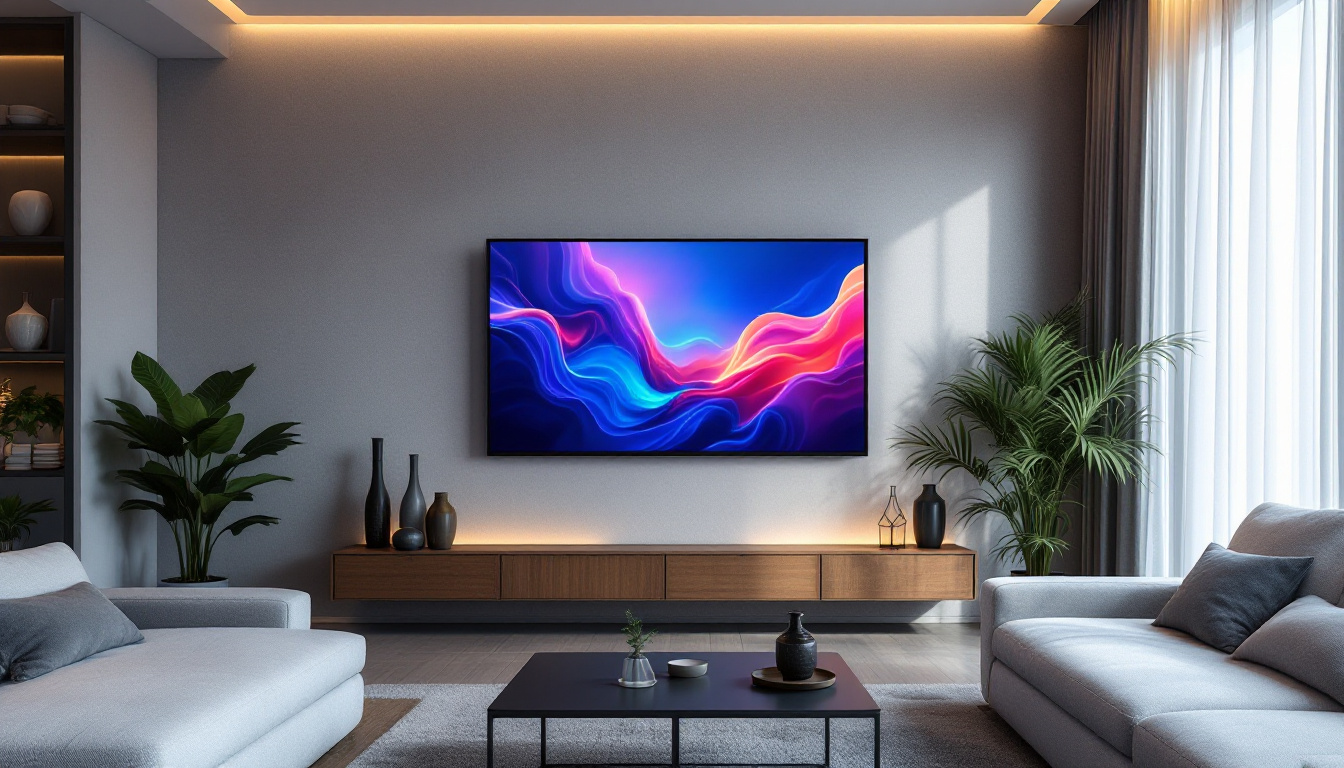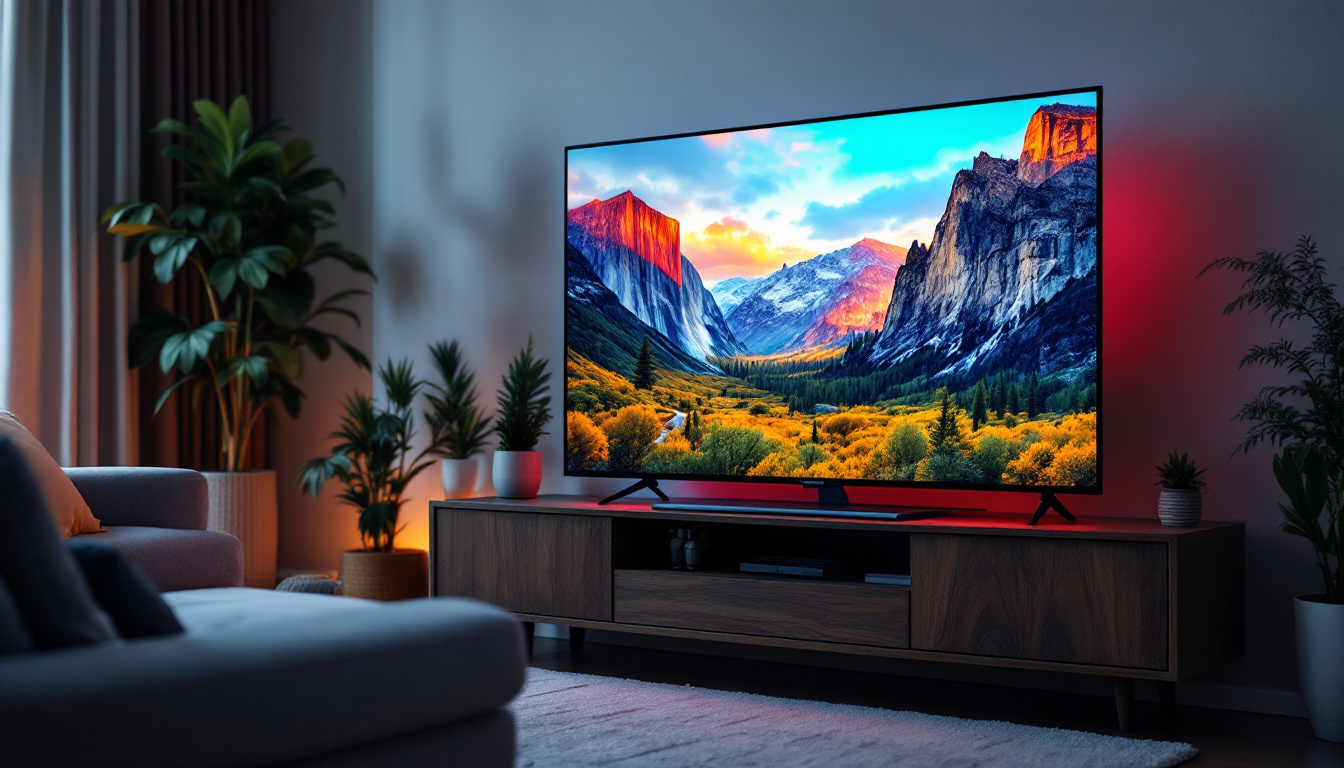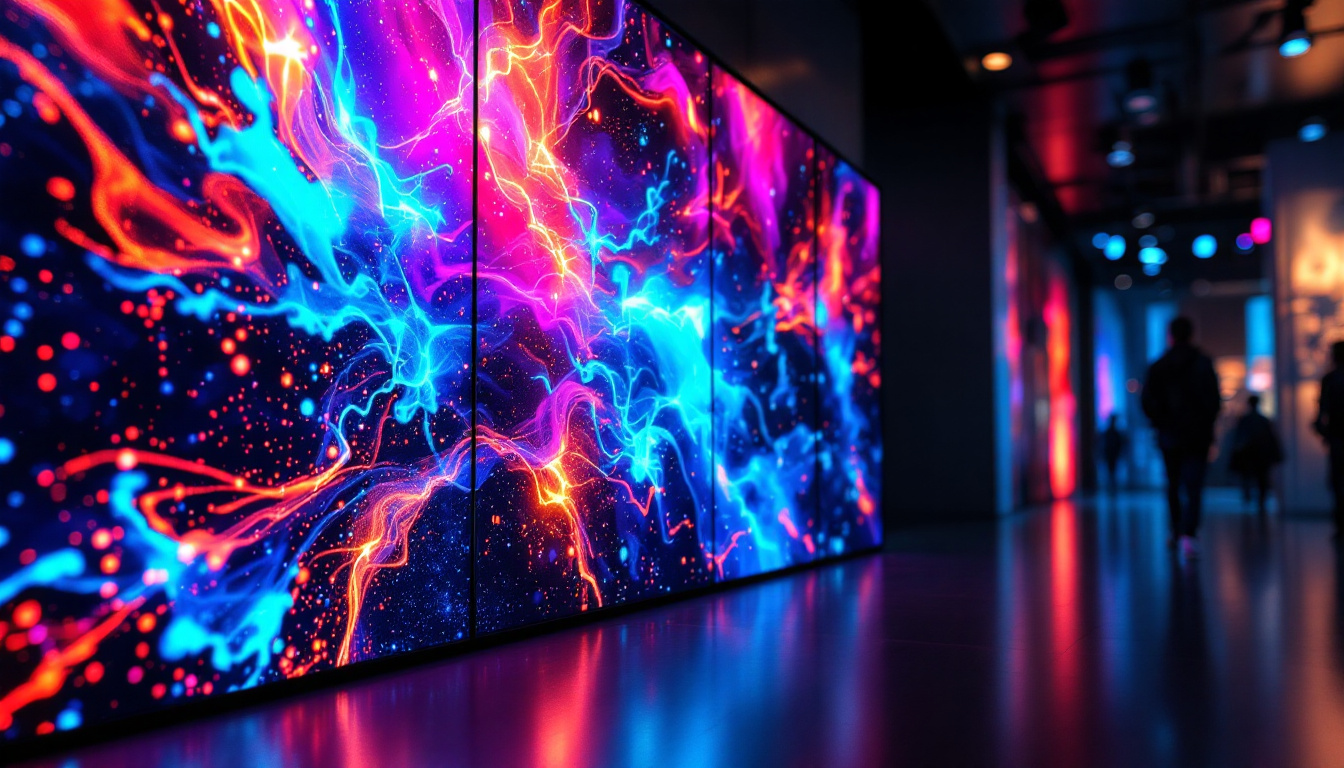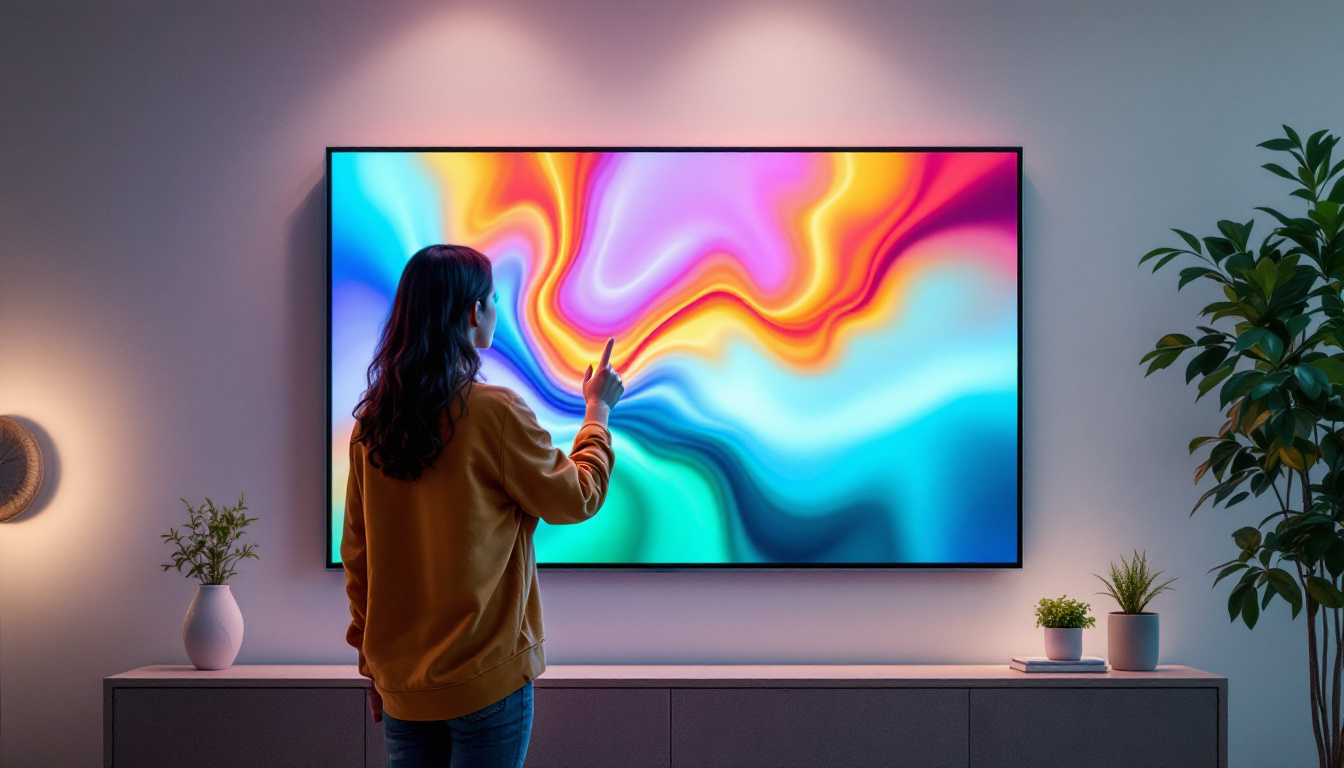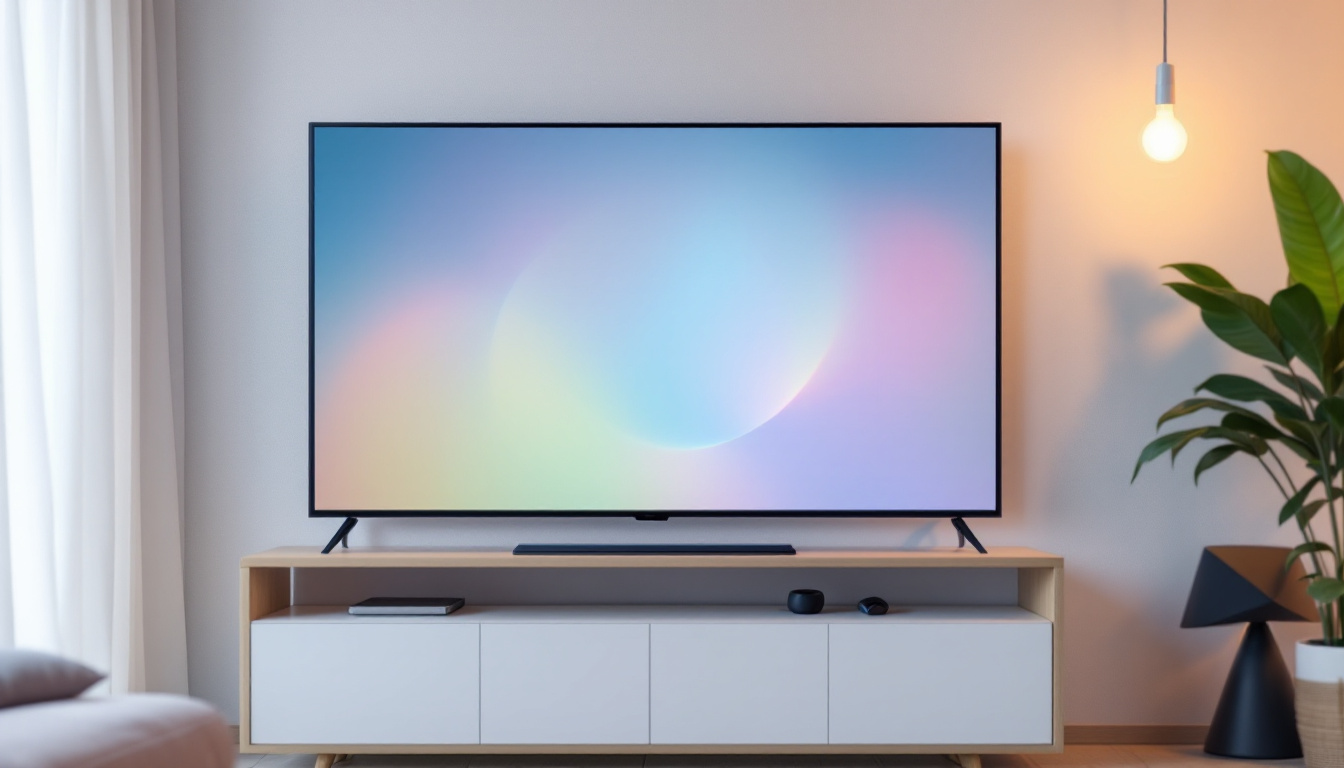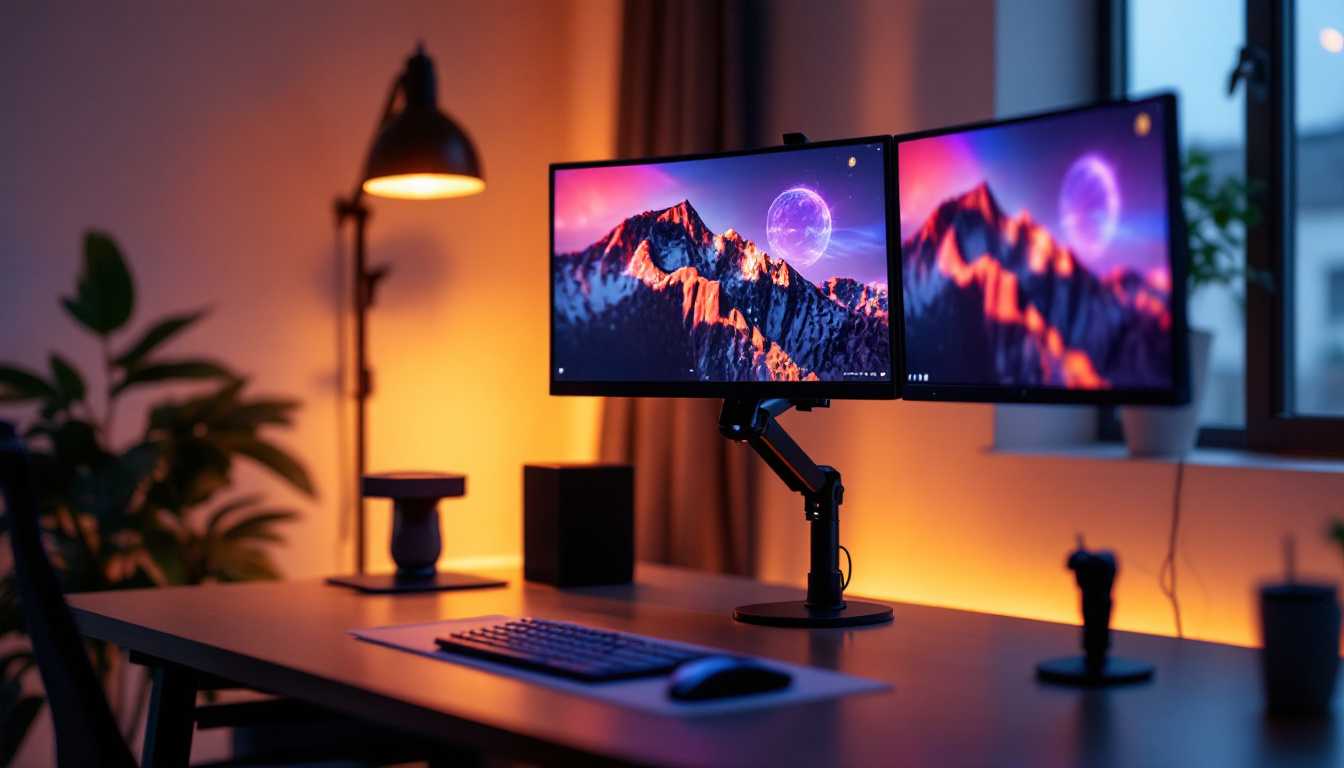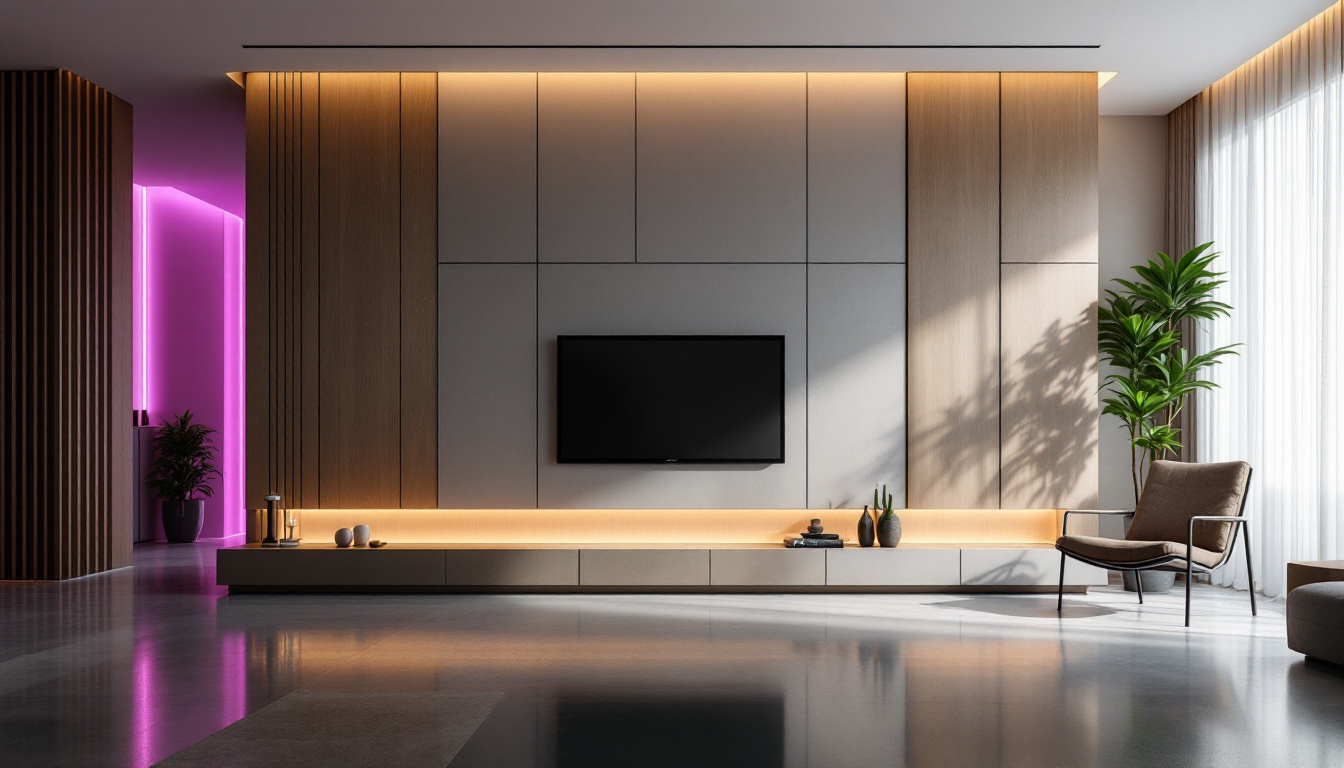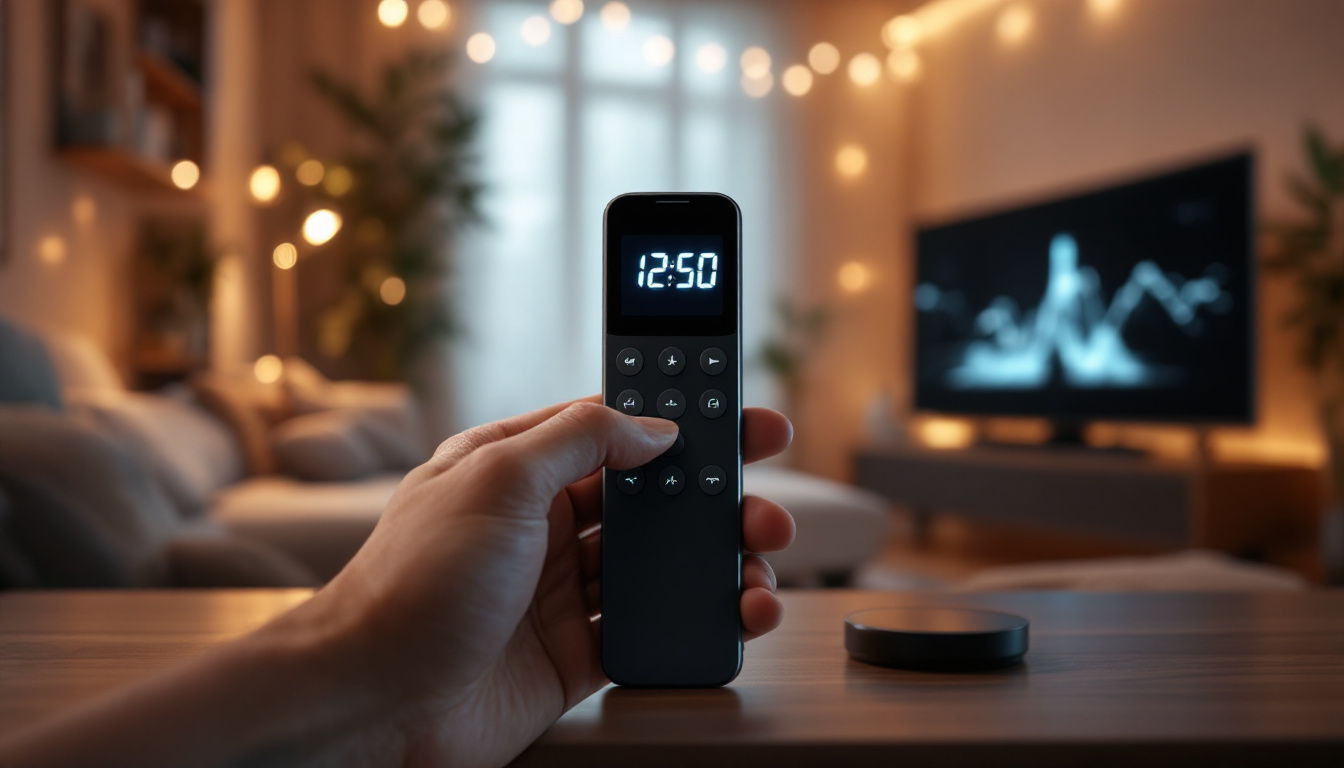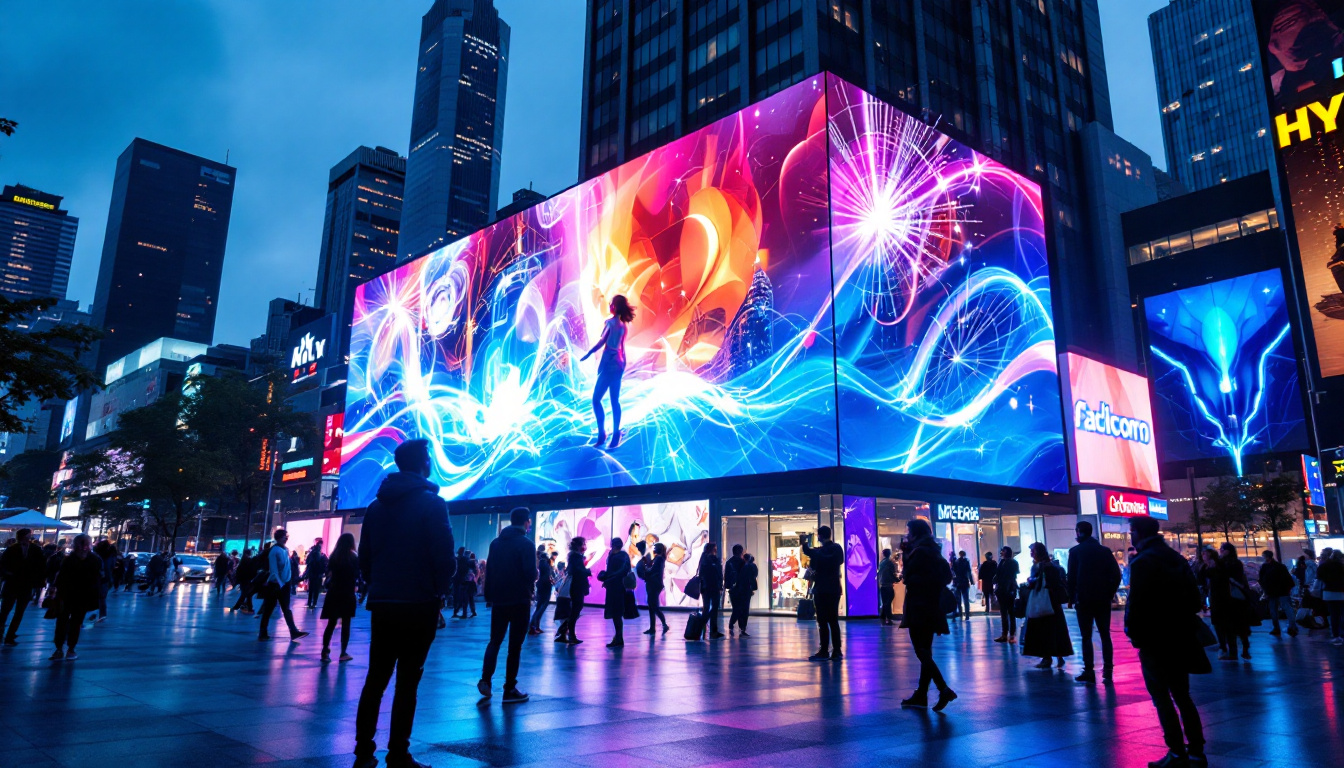In the digital age, understanding the specifications of your monitor is essential for optimizing your viewing experience. One of the most critical specifications is the screen resolution, which determines the clarity and detail of the images displayed. This article will guide you through the process of finding your monitor’s resolution and explain the significance of LED displays.
Understanding Monitor Resolution
Monitor resolution refers to the number of pixels displayed on the screen, typically represented as width x height (e.g., 1920 x 1080). The higher the resolution, the more pixels are used to create the image, resulting in sharper and more detailed visuals. Common resolutions include Full HD (1920 x 1080), Quad HD (2560 x 1440), and 4K (3840 x 2160). In recent years, the demand for higher resolutions has surged, driven by advancements in technology and the increasing popularity of high-definition content. As a result, many manufacturers are now offering monitors that support even higher resolutions, such as 5K and beyond, catering to professionals in fields that require meticulous detail, such as graphic design, photography, and video production.
Why Resolution Matters
The resolution of your monitor affects not only the clarity of images but also the overall user experience. Higher resolutions provide more screen real estate, allowing users to multitask effectively by displaying multiple windows simultaneously. Furthermore, for graphic designers, gamers, and video editors, a higher resolution can significantly enhance the quality of work and entertainment. The difference in visual fidelity can be particularly striking in gaming, where immersive environments and intricate details can be fully appreciated at higher resolutions. Additionally, as more content becomes available in higher resolutions, having a monitor that can support these formats ensures that users are not missing out on the latest advancements in visual technology.
Common Monitor Resolutions
Understanding the different types of resolutions available can help you choose the right monitor for your needs. Here are some of the most common resolutions:
- HD (1280 x 720): Often found in budget monitors and TVs, suitable for basic tasks.
- Full HD (1920 x 1080): The standard for most modern displays, providing a good balance between quality and performance.
- Quad HD (2560 x 1440): Offers four times the resolution of HD, ideal for professionals and gamers.
- 4K UHD (3840 x 2160): Provides exceptional detail, perfect for high-end gaming and video editing.
In addition to these common resolutions, there are specialized formats that cater to niche markets. For instance, ultrawide monitors often feature resolutions like 2560 x 1080 or 3440 x 1440, which provide an extended horizontal workspace, perfect for multitasking or immersive gaming experiences. These monitors can enhance productivity by allowing users to view multiple applications side by side without the need for multiple screens. Furthermore, as technology progresses, we are also seeing the emergence of 8K resolution (7680 x 4320), which offers an astonishing level of detail, though it requires powerful hardware to run effectively. As more content creators begin to produce 8K content, the demand for compatible monitors will likely increase, pushing the boundaries of visual technology even further.
How to Find Your Monitor’s Resolution
Finding your monitor’s resolution can be accomplished through various methods, depending on your operating system. Below are step-by-step instructions for both Windows and macOS users.
Finding Resolution on Windows
For Windows users, the process is straightforward and can be done in a few clicks:
- Right-click on the desktop and select Display settings.
- Scroll down to the Scale and layout section.
- Under Display resolution, you will see the current resolution listed. It may also indicate whether it is the recommended resolution for your monitor.
In addition, users can also access advanced display settings by clicking on Advanced display settings at the bottom of the settings window. This section provides further details about the monitor, including refresh rate and color depth. Understanding these specifications can be crucial, especially for gamers or graphic designers who require precise settings for optimal performance. For instance, a higher refresh rate can lead to smoother motion in fast-paced games, while a higher color depth can enhance the accuracy of colors displayed, making it vital for photo editing and design work.
Finding Resolution on macOS
For Mac users, the steps are equally simple:
- Click on the Apple menu in the upper-left corner and select System Preferences.
- Choose Displays from the options.
- Under the Display tab, you will see the current resolution listed. You can also select Scaled to view additional resolution options.
macOS automatically selects the best resolution for your monitor, but users can adjust it based on their preferences or needs. This flexibility allows users to optimize their workspace for various tasks, whether it’s for watching movies, playing games, or working on detailed graphic projects. Additionally, macOS provides a feature called Retina display, which enhances the clarity of text and images, making it easier on the eyes during long periods of use. Users can benefit from experimenting with different resolutions to find the perfect balance between screen real estate and visual clarity.
Understanding LED Displays
LED (Light Emitting Diode) displays have become the standard in modern monitors due to their superior performance compared to older technologies like LCD. LED displays offer better brightness, contrast, and energy efficiency, making them an excellent choice for various applications.
Types of LED Displays
There are several types of LED displays, each with unique characteristics:
- Edge-Lit LED: LEDs are positioned along the edges of the screen, providing a slim design. While they are energy-efficient, they may not offer uniform brightness across the screen.
- Full-Array LED: This type uses a grid of LEDs behind the screen, allowing for better brightness control and contrast. Full-array displays are often preferred for professional applications.
- OLED: Organic Light Emitting Diodes provide exceptional color accuracy and contrast by allowing each pixel to emit its own light. This technology is favored for high-end displays but can be more expensive.
Benefits of LED Displays
LED displays come with several advantages that enhance the overall viewing experience:
- Improved Color Accuracy: LED technology allows for more vibrant colors and better contrast ratios, making images appear more lifelike.
- Energy Efficiency: LED displays consume less power compared to traditional displays, leading to lower energy bills and a reduced carbon footprint.
- Thin and Lightweight: The slim design of LED monitors makes them easy to mount and fit into various spaces, appealing to both home and office environments.
Adjusting Your Monitor’s Resolution
Once you have determined your monitor’s resolution, you may want to adjust it based on your preferences or specific tasks. Adjusting the resolution can help improve clarity for certain applications or enhance performance for gaming.
Changing Resolution on Windows
To change the resolution on a Windows machine, follow these steps:
- Right-click on the desktop and select Display settings.
- Under Display resolution, click the dropdown menu to view available resolutions.
- Select your desired resolution and click Keep changes to apply.
It is important to choose a resolution that matches your monitor’s native resolution for the best results. Using a non-native resolution can lead to blurry images and reduced clarity.
Changing Resolution on macOS
For Mac users, adjusting the resolution is also simple:
- Go to the Apple menu and select System Preferences.
- Click on Displays.
- Select the Scaled option and choose your preferred resolution from the list.
As with Windows, it is advisable to select a resolution that corresponds to the monitor’s native settings for optimal performance.
Common Issues with Monitor Resolution
While adjusting monitor resolution is generally straightforward, users may encounter some common issues. Understanding these can help troubleshoot problems effectively.
Blurry or Distorted Images
One of the most common issues users face is blurry or distorted images. This can occur when the monitor is set to a resolution that does not match its native resolution. To resolve this, ensure that the selected resolution in the display settings corresponds to the monitor’s specifications.
Screen Flickering
Screen flickering can be another frustrating issue, often caused by an incorrect refresh rate setting. Users should check their display settings to ensure that the refresh rate is set to the recommended level for their monitor. This can typically be found in the advanced display settings on both Windows and macOS.
Scaling Issues
Scaling issues may arise when using high-resolution monitors with lower-resolution content. This can lead to text and images appearing too small or difficult to read. Adjusting the scaling settings in the display settings can help improve visibility and usability.
Conclusion
Understanding monitor resolution and how to find it is essential for optimizing your digital experience. Whether you’re using your monitor for work, gaming, or entertainment, knowing how to adjust the resolution can enhance clarity and performance. LED displays, with their superior technology, offer a variety of benefits that make them a popular choice among users.
By following the steps outlined in this article, users can easily find and adjust their monitor’s resolution, ensuring a better viewing experience tailored to their needs. As technology continues to evolve, staying informed about monitor specifications will empower users to make the most of their devices.
Explore Cutting-Edge LED Display Solutions
Now that you’re equipped with the knowledge to find and adjust your monitor’s resolution, take the next step in visual excellence with LumenMatrix. As a pioneer in LED display technology, LumenMatrix offers a wide array of innovative solutions, from Indoor and Outdoor LED Wall Displays to specialized options like Vehicle LED Displays and LED Sports Displays. Elevate your visual experience with our Custom LED Displays or captivate passersby with a Transparent LED Display. Discover how our All-in-One LED Display solutions can transform your space and communicate your message with unparalleled clarity. Check out LumenMatrix LED Display Solutions and join the revolution in visual communication.



